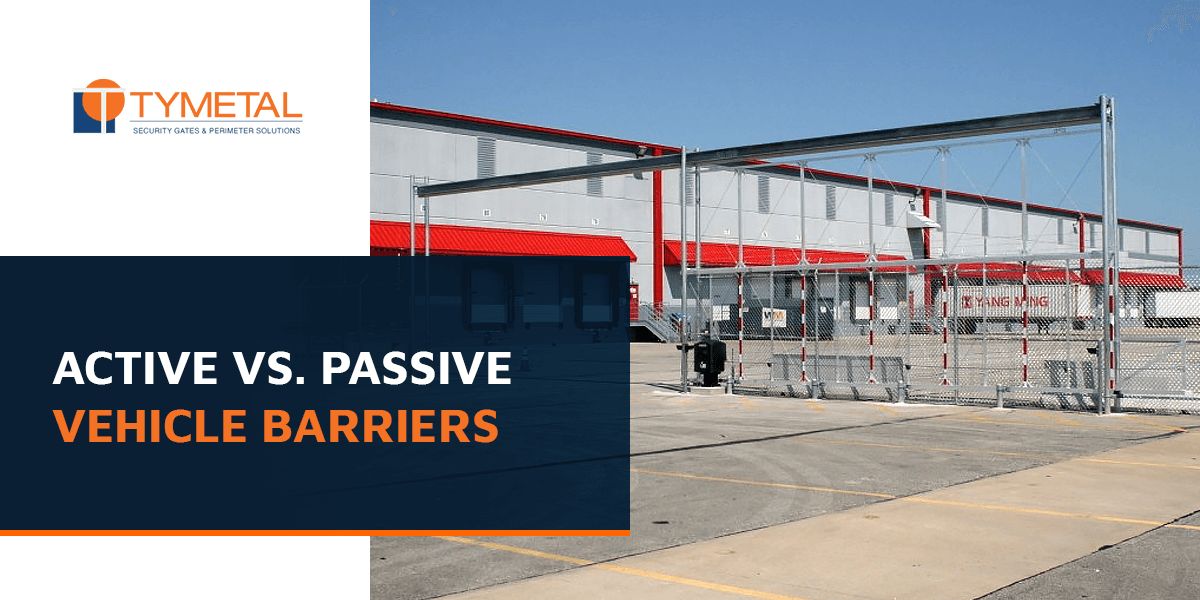A Biased View of Wedge Barriers
Some Of Wedge Barriers
Table of ContentsThe Best Guide To Wedge BarriersWedge Barriers Can Be Fun For Anyone


18 may be done quicker, easily, and cost effectively. FIG. In particular embodiments, the anchor 30 may be a steel frame consisting of plates, beam of lights(e. g., I-beams ), and/or various other structures that are protected within the structure 14, which might be concrete. At the surface 12, a top side 28 of the support 30 might be at the Wedge Barriers very least partially subjected
, therefore allowing the attachment of the barrier 10 to the anchor 30. g., threaded holes)in several beams or plates of the support 30 might be exposed to the surface area 12. In this manner, bolts 32 or other mechanical fasteners might be utilized to protect the obstacle 10 to the support 30. As the barrier 10 is mounted to the surface area 12 of the structure 14, collection of particles and other material under the obstacle might be reduced, and elements of the bather 10 might not be subjected to below grade settings. As indicated by referral character 52, the lifting system 50 consists of parts disposed under the wedge plate 16. For example, the elements 52 underneath the wedge plate 16 might consist of an electromechanical actuator, a webcam, one or more web cam surface areas, etc. In addition, the lifting system 50 consists of a spring assembly 54
The springtime pole 58 is combined to a web cam(e. g., cam 80 revealed in FIG. 4) of the training system 50. The springs 60 disposed regarding the spring pole 58 are held in compression by spring sustains 62, consisting of a fixed spring assistance 64. That is, the fixed spring assistance 64 is repaired family member to the structure 14 et cetera of the bather 10.
Wedge Barriers Things To Know Before You Get This
The remaining pressure used to
the cam camera deploy release wedge plate 16 may might provided by an electromechanical actuator 84 or other various other. The great site spring assembly 54 and over here the actuator 84(e. Wedge Barriers. g., electromechanical actuator)might run together to translate the webcam and raise the wedge plate 16.
As mentioned over, in the released setting, the wedge plate 16 offers to obstruct accessibility or traveling past the barrier 10. The barrier 10(e. g., the wedge plate 16 )might obstruct pedestrians or lorries from accessing a residential or commercial property or pathway. If an automobile is taking a trip towards the deployed wedge plate 16(e. For example, in one condition, the security legs 86 may be extended throughoutmaintenance of the barrier 10.